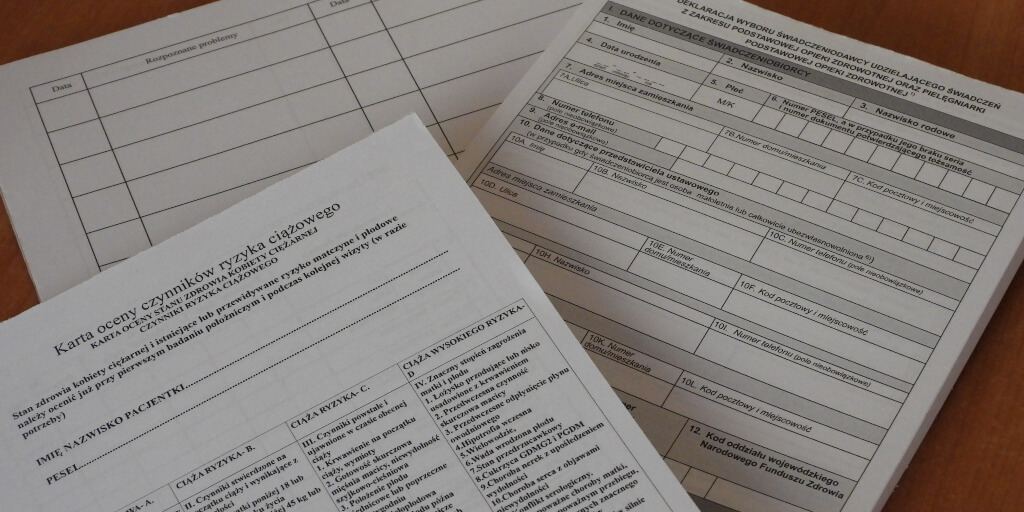How Do You Calculate Payroll?
Learn how to calculate payroll for your business. Includes information about calculating hours, wages, and deductions, as well as frequently asked questions.
Updated on October 1st, 2021
The SMB Guide is reader-supported. When you buy through links on our site, we may earn an affiliate commission. Learn more
Running payroll for your employees is relatively straightforward, but there are several important steps involved. For payroll to be calculated accurately, employers must ensure that their employees' taxes and deductions/benefits are accounted for before wages are paid out.
How are employer payroll taxes calculated?
Employers are responsible for paying their share of taxes on an employee's income, which includes:
- Social security tax (6.2% to the annual maximum).
- Federal withholding tax (as outlined in IRS publication 15).
- State withholding tax.
- Medicare tax (1.45%).
- Local tax (in some cases).
Obviously, the amount of payroll taxes for each employee will vary based on their level of income and state of residence. Once these factors are known, employee payroll taxes can easily be calculated by determining the appropriate percentages of the employee's wage.
How are fringe benefits calculated for certified payroll?
Fringe benefits are forms of compensation that go beyond an employee's wage. These can include things like health insurance, a housing allowance, and sick pay.
Fringe benefits can be included in certified payroll in one of two ways:
- If fringe benefits are paid in cash...
The employee's wage rate can be recorded, and in a separate column the cash value of the fringe benefits paid can also be recorded.
- If fringe benefits are paid to an approved plan...
The cash value of the employee's paid wage is recorded, and paragraph 4(a) on IRS form WH-347 is checked off to indicate fringe payments. In this instance, no fringe rate is recorded on the form as a part of the employee's wage.
What is Certified Payroll?
Learn about certified payroll, what it is, how it works, and how to fill in a WH-347 form. Includes H-347 form download.
May 29, 2023
How do you calculate payroll deductions?
1. Determine the employee's gross wage.
The first step is the easiest, as all that you need to do is multiply the employee's hours worked by his or her hourly rate of pay. For example, 40 hrs. x $15.00 /hr. = $600.00.
2. Multiply by applicable federal tax rates.
Statutory deductions like Social Security (6.2%) and Medicare tax (1.45%) need to be deducted from the total first. So, using the example above...
$600.00 x 0.062 = $37.20 $600.00 x 0.0145 = $8.70
Thus, $45.90 will be deducted from the employee's pay. $600.00 - $45.90 = $554.10.
3. Deduct state taxes.
If your state has income taxes, these can be deducted next. Rates vary by state, so consult your state's tax guide to determine the rate for each of your employees.
3. Subtract deductions from gross wage.
Before you calculate your employee's net wage, you can subtract any other voluntary deductions like payments into a health benefits plan, insurance, etc.
4. Withhold taxes and pay net wage.
Employees receive their net wage via paycheck or direct deposit, and it is your responsibility as an employer to withhold taxes and remit it to the state and federal governments.
Determining tax rates:
It is important to note that workers are taxed at a variety of rates on both the state and federal level based on their annual earnings and a variety of other factors. Consult IRS publications and state resources to determine the appropriate withholding tax for each of your employees.
What is payroll and how is it calculated?
Payroll is the systematic method of paying employees their after-tax earnings on a regular basis. An important part of the payroll process is determining the amount of tax that must be withheld for each employee. Payroll is calculated by subtracting the appropriate percentage of tax from an employee's gross earnings.
Outsourcing Payroll
Learn everything you need to know about outsourcing payroll for your employees. Includes informative steps, tips, and frequently asked questions.
Jul 15, 2020
FAQs:
How do you calculate payroll costs?
Payroll costs are calculated by totaling up gross wages for each of your employees and then adding them up. This is typically done on a weekly, bi-weekly, or monthly basis.
How do you calculate payroll hours?
All hours that an employee has recorded on the job during a specified payroll period are totaled as part of the payroll calculation. Hours worked beyond their usual working schedule are also included at the specified overtime rate.


